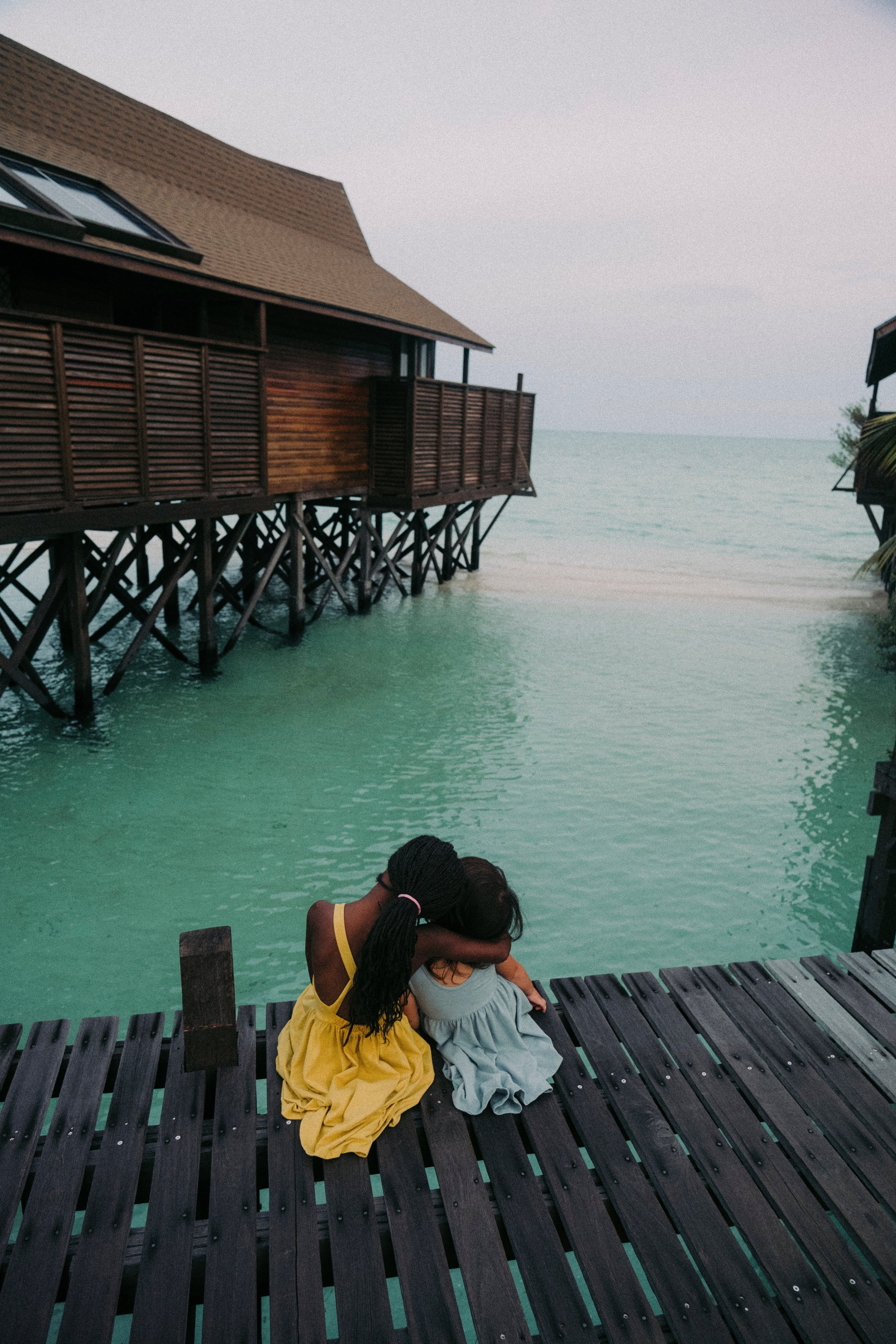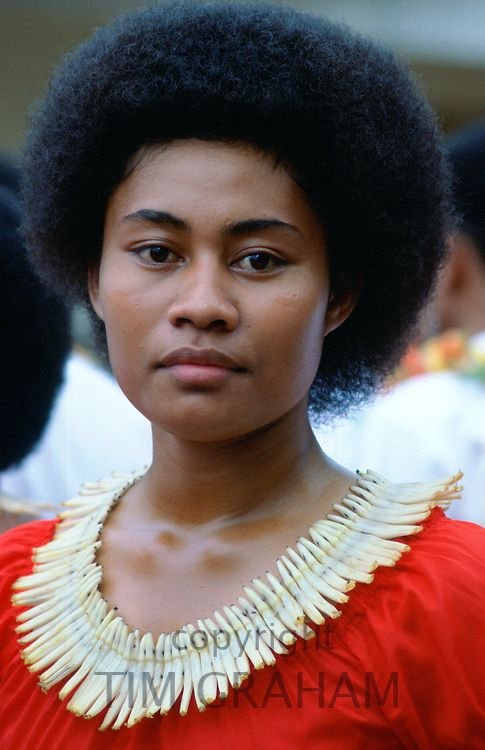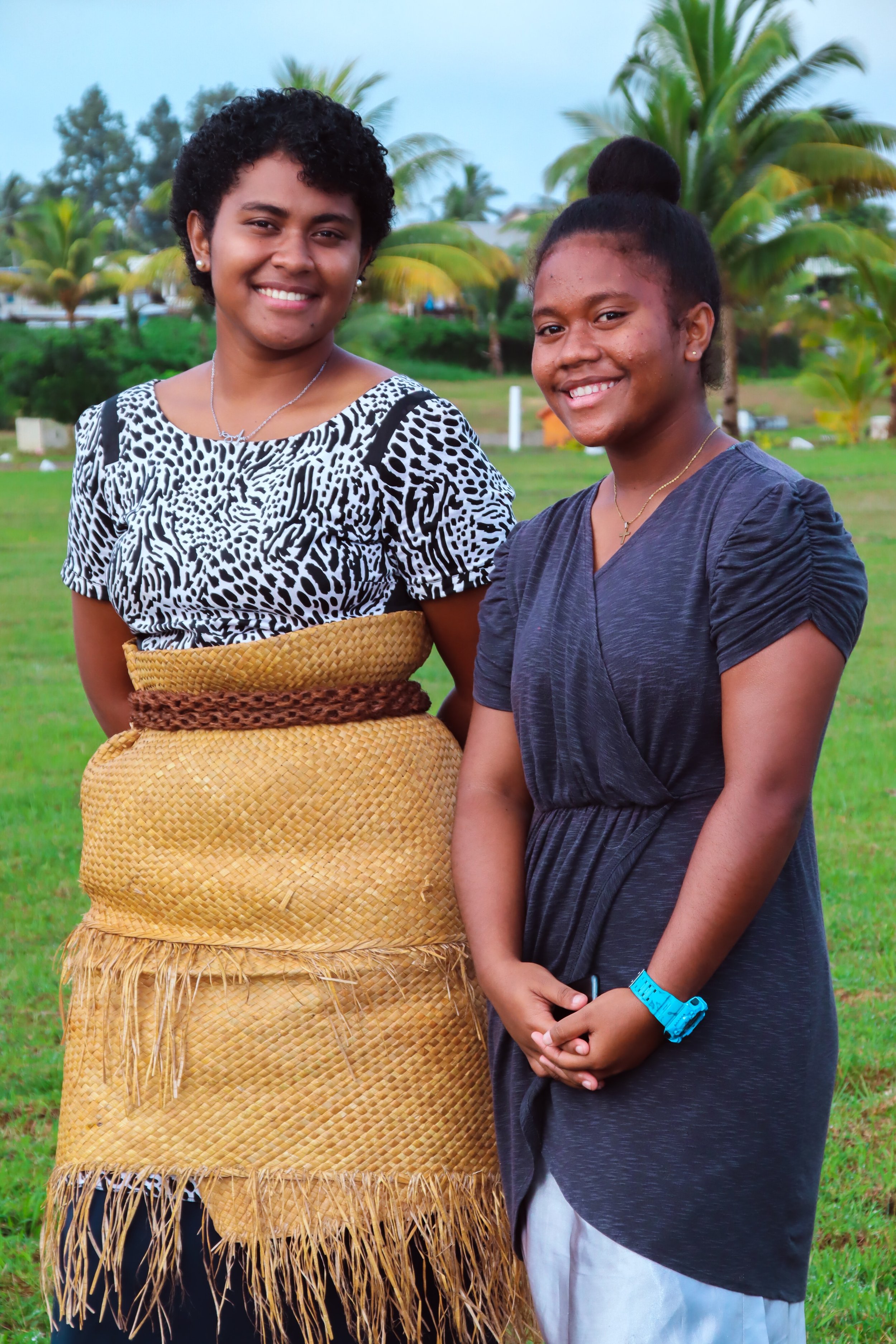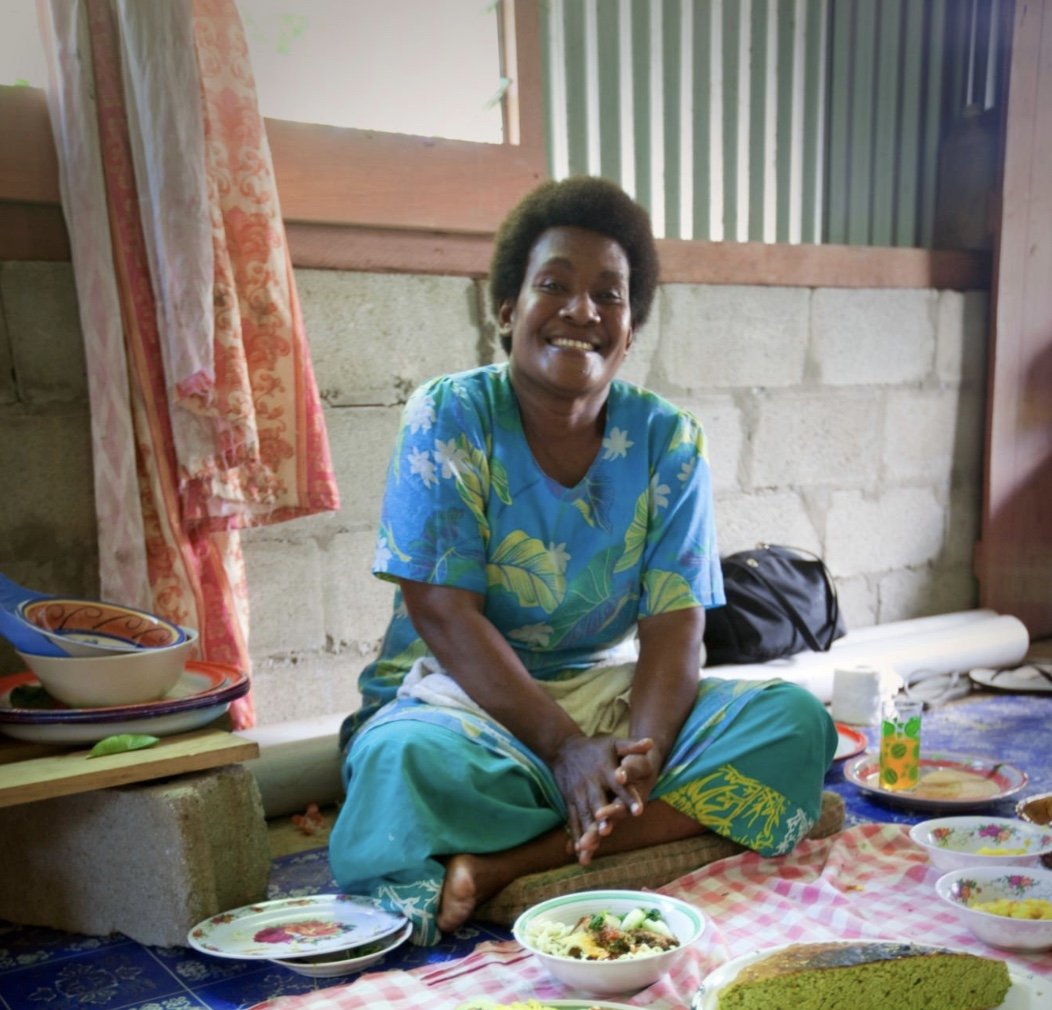Empowering Narratives: The Dynamic Journey of 'Re-Storying' as an Active and Inclusive Process
When I traveled to Fiji in October to host a series of workshops for Fijian women and young girls, I focused on gaining deeper clarity regarding what it means to “Re-Story” and its profound role in my life and the lives of those around me.
The workshops aimed to provide a nurturing and creative environment for Fijian women and girls to “Re-Story” narratives connected to their feminine identity—redefining the profound influence of societal and cultural factors on their perceptions of womanhood. Through the integration of participatory and empowering methodologies, my goal was to center them as leaders in exploring, curating, and creating their stories.
I drew upon the work and methods of Brazilian theater practitioner and visionary Augusto Boal, who, in his book Theater of the Oppressed, developed a form of participatory social action research that uses theater for transformation and liberation. Using a variety of embodied activities and interactive techniques, the women and girls delved into traditional and cultural roles of women in their communities and envisioned new stories of femininity.
In a transformative exercise, I encouraged the girls to take on the role of sculptor, selecting a partner to serve as their "clay." Each girl embraced the opportunity to shape their partner in various exploratory ways, guided by reflective questions like "Sculpt your partner into the ideal woman" or "Sculpt your partner into a woman you admire." After completing their unique "sculptures," each participant was invited to infuse their creation with a line of dialogue, granting a voice to their artistic expression.
The women and girls took turns explaining their sculptures and were encouraged to ask each other questions. When sculpting “the ideal woman,” various cultural, societal, and familial pressures influenced many women’s and girls’ creations. Following a powerful discussion regarding these factors, I asked each individual to “re-sculpt” their partner into their definition of “the ideal woman,” inviting them to create an identity that transcended the communal or societal constraints placed upon them.






One poignant example emerged when a young girl sculpted her partner kneeling on the ground, hands covering her mouth and eyes. She shared that within her family, girls were expected to serve silently without questioning or speaking out. Consequently, she opted not to give her partner a line of dialogue, symbolizing the absence of space for her voice in her family dynamics. When prompted to "re-sculpt" her partner beyond familial expectations, she depicted her standing on a chair with a straight back and hands on her waist. This time, she provided her partner with a resolute line of dialogue - "No, I don't want to do that." The young girl eloquently expressed that her ideal woman would possess the strength to stand up for herself and have the agency to choose her path.
The workshop series culminated in a three-act play, where, armed with creative props made from nature, the women and girls explored the challenges they faced in their day-to-day lives. From navigating difficult relationships with their fathers and husbands to grappling with not being given the same opportunities as their male siblings, the performance cultivated a safe space for open communication and freedom of expression.
In a particularly impactful scene, the younger girls taught the older women a contemporary rendition of a traditional Fijian dance. Initially, the older women demonstrated their resistance to the new movements, portraying their fear of a loss of tradition. However, undeterred, the young girls continued to persevere, and over time, the older women embraced and incorporated the new movements. This poignant scene became a powerful metaphor for the harmonious blend of old and new, marking a collective journey toward embracing change.
Through these experiences, I discovered the emergent and participatory nature of “Re-Storying,” emphasizing the need for individuals and communities to be provided with an organic and safe space to be the leaders in their stories. I firmly believe that artistic and embodied methods serve as powerful and approachable vehicles to help people explore and understand the stories they’ve been in and to create narratives about who they aspire to be.

